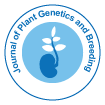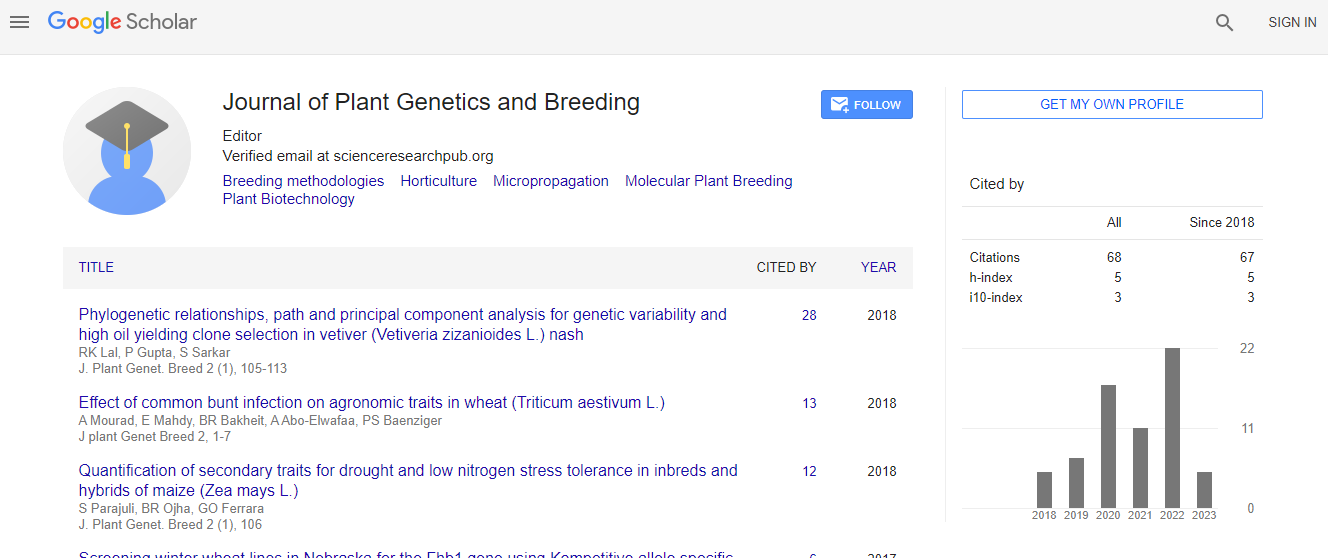Genotype by Environment interaction of food barley (Hordeum vulgare L.) genotypes in Southern Ethiopia
*Corresponding Author:
Copyright: © 2020 . This is an open-access article distributed under the terms of the Creative Commons Attribution License, which permits unrestricted use, distribution, and reproduction in any medium, provided the original author and source are credited.
Abstract
Multi-environment trials are essential to evaluate the genetic potential of the testing materials. The objective of this paper was to determine the magnitude and pattern of the genotype by environment interaction and stability of the varieties. Fifteen nationally released food barley varieties were planted in randomized complete block design with four replications. The additive main and multiplicative interaction effects analysis for grain yield showed that environment, GEI and variations due to genotypes were highly significant (p<0.01). They accounted for 55.76, 13.77, and 7.53% of the total sum of squares, respectively. Large sum of squares indicated that the environments were diverse; causing most of the variation in grain yield. The most stable genotypes with lowest ASV value were Gabulla, Ardu-12-60B, Agegnehu and Dimtu, whereas the most unstable genotypes were HB-1307, Cross-41/98, Estayish and Yedogit. In GGE bi plot for grain yield of food barley genotypes, the first and second components captured 73.4% and 18.8% of the G+GE sum of square, indicates different genotypes win in different sectors. Therefore, the result of this experiment might be used to recommend unstable genotypes for study areas.

 Spanish
Spanish  Chinese
Chinese  Russian
Russian  German
German  French
French  Japanese
Japanese  Portuguese
Portuguese  Hindi
Hindi 